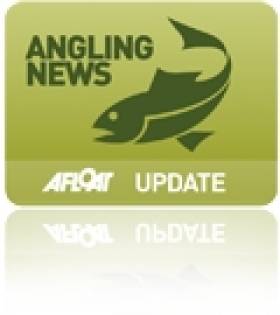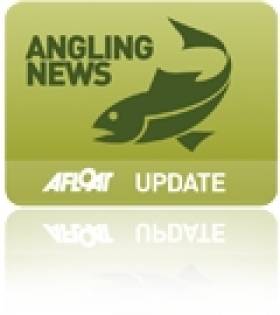Displaying items by tag: flyfishing
Hooked Live! Returns to CityWest This Weekend
#ANGLING - Hooked Live!, Ireland’s premier angling and fishing show, is returning to the CityWest Hotel and Lakes this weekend 10-11 March for the third year running.
Spey caster and innovator Ian Gordon is the latest star to join the already confirmed visitor favorites Paul Young, Henry Gilbey, Scott MacKenzie, Andrew Ryan and AGPAI Ireland, who will bring world-class casting demonstrations, talks and personal one-to-one sessions designed to improve and empower visitors to become better anglers.
Bringing the best in Irish angling water sports, with new tackle, venues and angling techniques, Hooked Live! also caters for the fly-fishing enthusiast with fly-tying and casting lessons.
And that's not to mention fly-fishing on our fully stocked lake, where both trout and perch will readily take a fly. Indeed, there are many top prizes to be won in the Lakes Fishing Challenge.
Sea anglers are also catered for and welcome at Hooked Live! and for the coarse fisher, there will be top class exhibits with great tackle and equipment available and a range of venues which will produce results.
Popular seminars will also cover some of the new and successful tackle and techniques which are now being used to catch more fish.
Also returning to Hooked Live! will be the Sporting Gun Show. Taking advantage of the synergy between shooting and fishing, visitors will be able to pick up bargains on end-of-shooting-season stock.
Tickets for Hooked Live! 2012 are priced from just €10 and are available now from tickets.ie. For more details visit the official website at www.hooked.ie
Intro to Fly Fishing for Kids
The Dublin Angling Initiative (DAI) is set to host an introductory course on fly fishing in Dublin next month.
The event at Corkagh Park in Clondalkin on 5 March hopes to be a first step into the art of fly fishing for young people and their parents.
Renowned fly-casting instructor Paddy McDonnell will also be on hand to demonstrate techniques and hopefully inspire children to take up the sport.
Children taking part must be over 12 and under 16. A limited number of places are still available on the course. For details contact Des Chew at 087 674 0214.
Corkagh Park Fishery hopes to follow this event with a series of angling summer camps. For more visit corkaghparkfishery.ie.
























